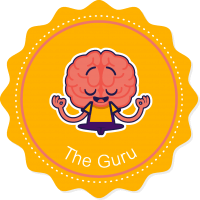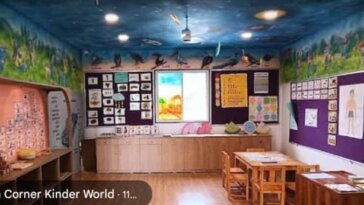Traditional teaching methods have long relied on the lecturer as the primary source of information, with students passively absorbing content during class time. However, the concept of flipping the classroom turns this model on its head by shifting the focus from passive learning to active engagement.
In a flipped classroom, students are introduced to new concepts outside of class through pre-recorded lectures, readings, or online modules. They then come to class prepared to engage in collaborative activities, discussions, and problem-solving exercises that reinforce and apply the material.
This approach offers several advantages. First, it allows students to learn at their own pace, reviewing material as needed to ensure comprehension. Second, it frees up valuable class time for interactive, hands-on learning experiences that promote deeper understanding and critical thinking.
Furthermore, flipping the classroom encourages greater student participation and engagement. Instead of sitting through lectures, students take an active role in their learning, working together to solve problems, ask questions, and explore topics in depth.
Additionally, flipping the classroom can lead to more personalized instruction. Teachers have the opportunity to provide individualized support and feedback to students during class, addressing misconceptions and tailoring instruction to meet diverse learning needs.
Overall, flipping the classroom represents a paradigm shift in education, reimagining the traditional teacher-centered approach in favor of a more student-centered, interactive learning environment. By leveraging technology and innovative teaching strategies, educators can empower students to take ownership of their learning journey and achieve greater academic success.









